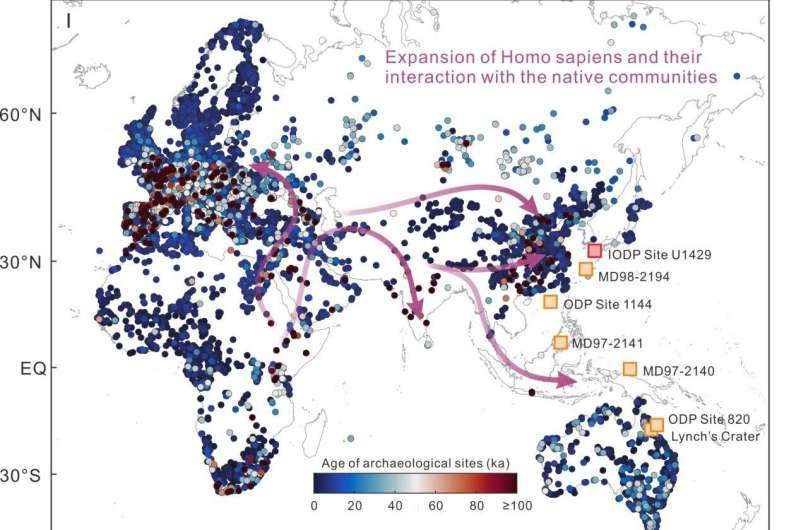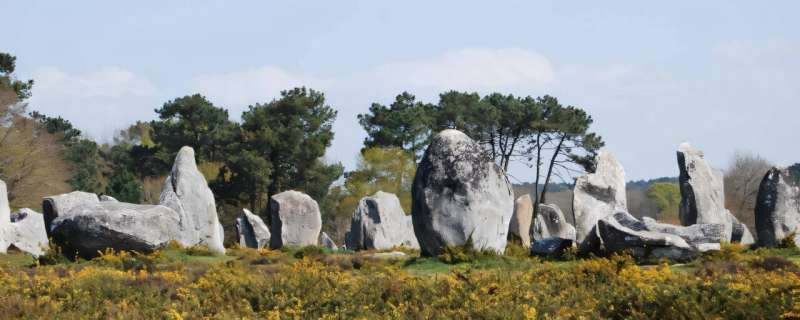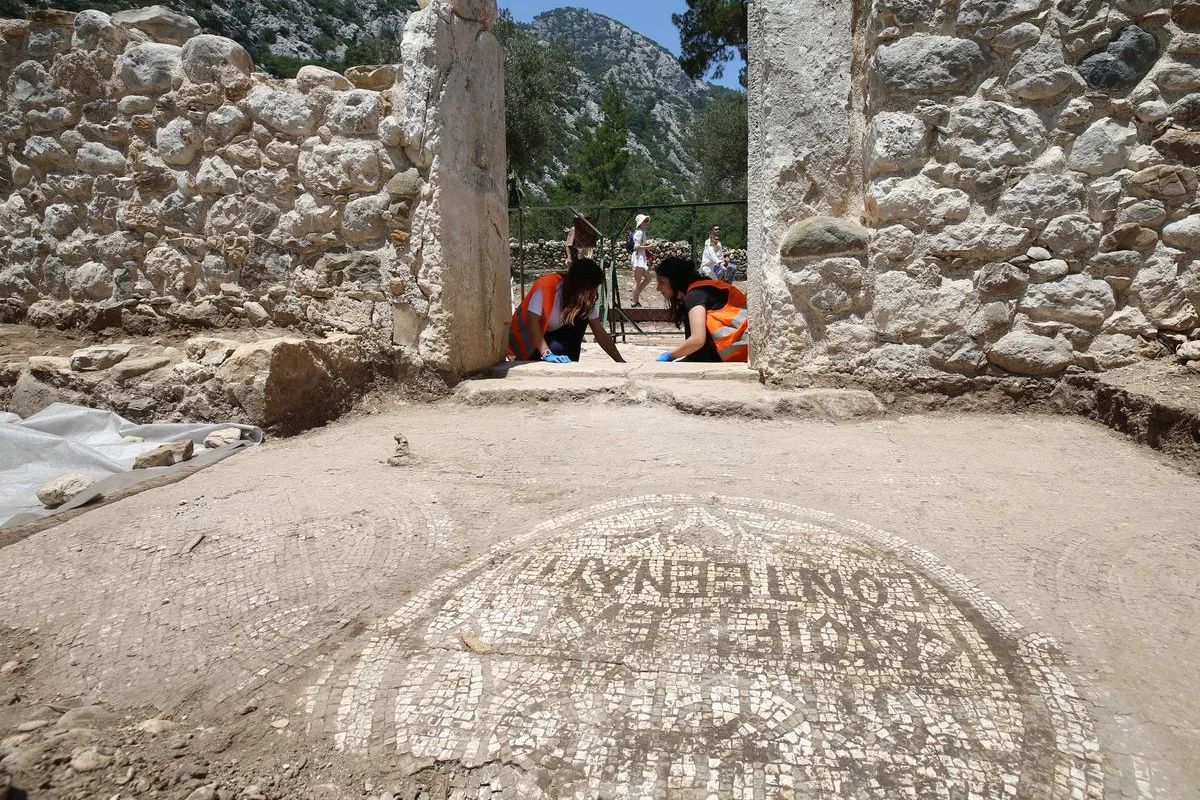In a remarkable archaeological discovery, Chinese archaeologists have unearthed 28 tombs that offer a fascinating glimpse into the burial customs and rituals of the Shang Dynasty. These tombs, dating back to the II millennium BC, were found in the urban district of Anyang, located in the historical heartland of Henan Province, China. This extraordinary find sheds new light on the funerary practices of high-ranking aristocrats, their families, and even their loyal servants, giving us a unique opportunity to explore the rich cultural tapestry of ancient China.
A Discovery Beyond the Ancient City of Yin
The significance of this discovery cannot be overstated. Until now, most Shang Dynasty tombs had been found within the confines of the ancient city of Yin, the capital of the Shang Kingdom. However, these newly discovered tombs are situated outside the city's ruins, adding a fresh dimension to our understanding of the Shang civilization.
Cui Zongliang, Vice President of the Shenyang Institute of Cultural Relics and Archaeology, expressed his excitement about this find. He noted that this marks the first time such tombs have been discovered beyond the city of Yin, which had long been the epicenter of Shang Dynasty archaeology.
An aerial photo of the cemetery excavated at the Dapo ruins site in the city of Anyang, central China's Henan Province.
Revealing Ancient Funeral Traditions
One of the most intriguing aspects of this discovery is the opportunity it presents to delve deeper into the funeral traditions of the Shang Dynasty. As a kingdom that thrived during the II millennium BC, Shang was deeply rooted in the veneration of deceased ancestors. The tombs discovered in Anyang provide a wealth of information about how these rituals were practiced and how they evolved over time.
The tombs are believed to belong to high-ranking aristocrats, and they contain not only the remains of the aristocrats themselves but also those of their family members, servants, and even animals. This comprehensive approach to burial sheds light on the societal structure of the Shang Dynasty and the importance of familial ties in their culture.
Unveiling the Shang Dynasty
The Shang Dynasty, located in what is now modern-day China, holds a special place in history as one of the earliest recorded dynasties. It flourished during a time when many ancient civilizations were in their infancy. The dynasty's religious and cultural practices, including oracle bone script, bronze casting, and ancestor worship, have left an indelible mark on Chinese culture.
The discovery of these 28 tombs in Anyang is a testament to the enduring fascination of archaeology and the mysteries of ancient civilizations. It serves as a reminder that there is much more to uncover about our shared human history. As scholars and archaeologists continue to unearth the secrets of the past, we gain a deeper appreciation for the diverse tapestry of cultures that have shaped our world.
This remarkable find in China offers a window into the world of the Shang Dynasty, allowing us to connect with a civilization that thrived thousands of years ago. It is a testament to the importance of preserving our archaeological heritage and a celebration of the enduring human spirit in the pursuit of knowledge.








